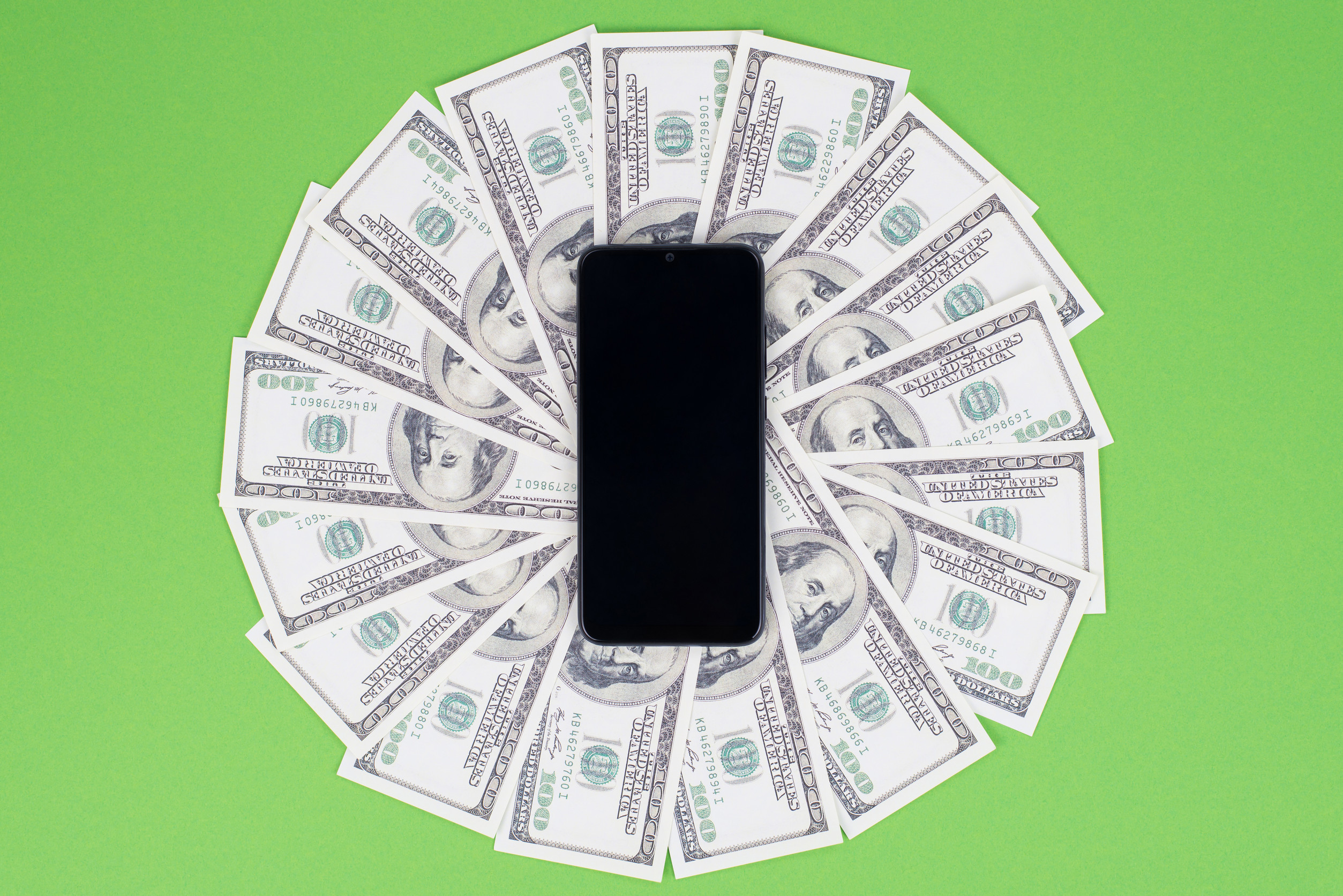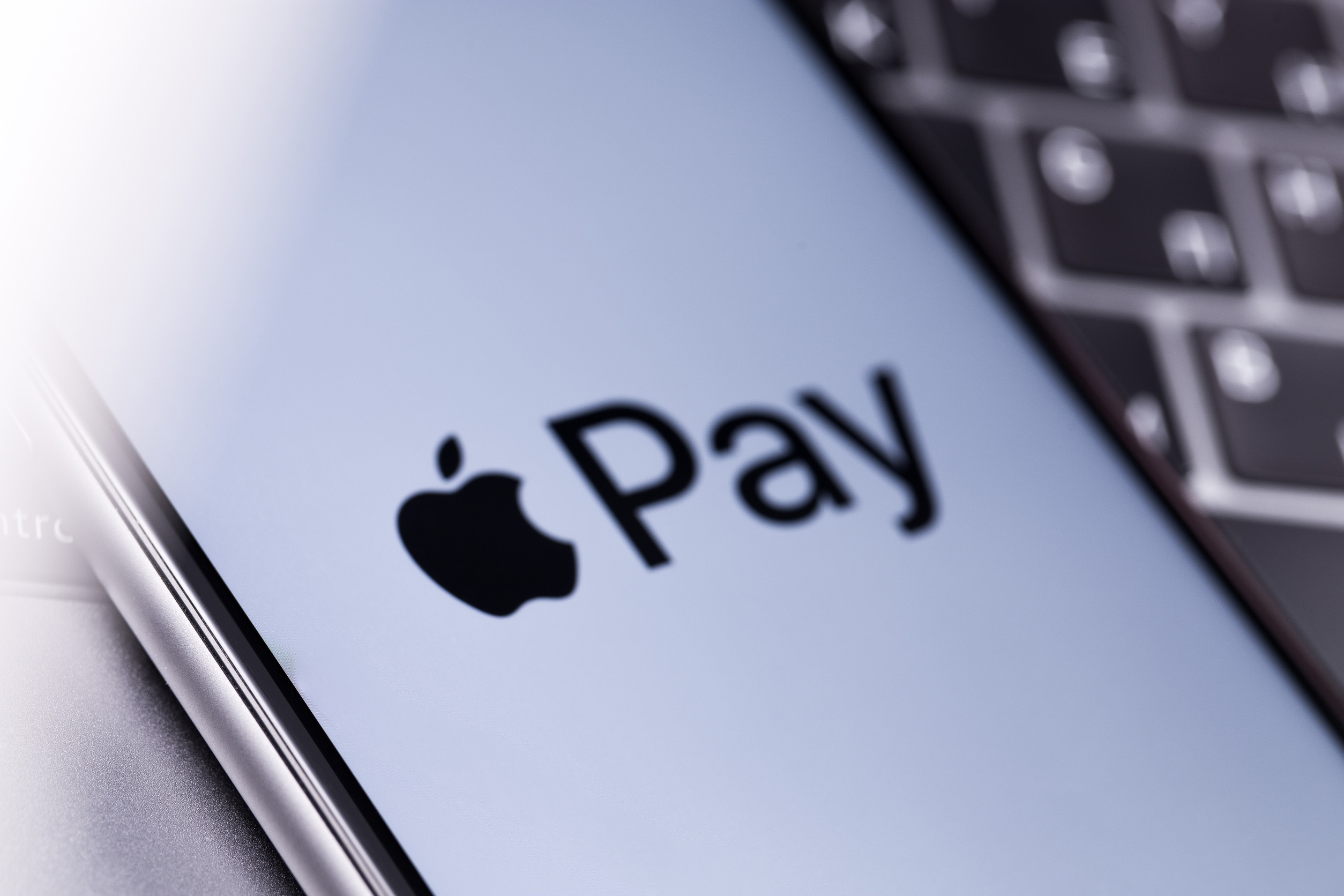In an increasingly digital world, payment apps have become the go-to method for everything from splitting dinner bills to running entire businesses. These apps promise high-end encryption, multi-factor authentication, and ironclad security—but the truth behind the headlines tells a different story.
In 2025 alone, several major platforms marketed as “secure” have suffered serious breaches, exposing millions of users to fraud, identity theft, and financial ruin. Hackers have exploited everything from outdated code to weak internal protocols, proving that even the most popular services are not immune.
1. Zelle: The Trusted Bank-Linked App Breached
Zelle has long marketed itself as a safer alternative because it’s backed by major banks, but in early 2025, it faced a major phishing-related security breach. Cybercriminals tricked users into approving unauthorized transactions through fake alerts and realistic spoofed emails. Once inside the system, fraudsters quickly moved money between accounts before vanishing without a trace. Several regional banks confirmed that Zelle’s transaction dispute process was overwhelmed and unable to help many affected users in time. As a result, trust in this once-reliable app has taken a major hit.
2. Venmo: Social Simplicity Turned Liability
Venmo’s casual, social-media-style interface once made it a favorite among younger users, but its relaxed approach may have contributed to a serious breach in March. Hackers exploited weaknesses in its public transaction feed and connected accounts to gather data and launch targeted phishing attacks. They also bypassed weak security measures on thousands of user accounts, resulting in unauthorized withdrawals. Although Venmo responded with security patches, many users learned too late how much data the app actually exposed. The incident reignited criticism of Venmo’s “friend-sharing” model and its impact on user safety.
3. PayPal: The Veteran App Faces a Sophisticated Attack
Despite being one of the oldest and most trusted digital wallets, PayPal fell victim to a coordinated credential-stuffing attack in February. Hackers used information from past data breaches to access thousands of accounts, many of which had outdated passwords or no two-factor authentication. Once inside, attackers made unauthorized purchases and withdrawals, sometimes draining entire balances. PayPal acknowledged the breach and refunded affected users, but not before its reputation as the “safe choice” was called into question. Security experts pointed to the event as proof that even veteran platforms need constant security upgrades.
4. Cash App: Convenience Came at a Cost
Cash App, known for its easy interface and quick transfers, suffered a devastating breach in April that exposed sensitive user data. The breach affected both individual and business users, compromising names, payment histories, and even partial banking details. Internal misconfigurations in the app’s cloud-based storage reportedly made the attack possible. The company confirmed the breach weeks later, but by then, many users had experienced fraud and identity theft. The incident left a permanent mark on a platform once praised for being fast and flexible.
5. Apple Pay: iOS Privacy Hit by a Zero-Day Exploit
Even Apple’s highly curated ecosystem wasn’t immune in 2025. A zero-day exploit in iOS allowed cybercriminals to manipulate Apple Pay’s tap-to-pay feature on certain devices. Hackers managed to intercept tokenized transactions and use them to conduct fraudulent purchases in the wild. Apple responded with an emergency security update, but not before the exploit was widely circulated on the dark web. The breach marked a rare but significant blemish on Apple’s reputation for airtight security.
6. Google Pay: Android Users Caught in Data Theft Scheme
Google Pay was the target of a large-scale breach that originated from compromised third-party apps connected through its API system. Once attackers gained access, they harvested payment data and used it to clone virtual cards for fraudulent use. Google quickly disabled the compromised APIs, but the breach exposed how easily integrations can be exploited. Users were left shocked that such a loophole existed in what was supposed to be a hardened security platform. Many questioned the wisdom of connecting so many external services to a payment app without stronger safeguards.
7. Samsung Wallet: Biometric Data Wasn’t Enough
Samsung Wallet promised security with features like biometric authentication and encrypted hardware storage, but hackers still found a way in. A recent breach stemmed from a firmware flaw in certain Galaxy devices, allowing attackers to bypass fingerprint and facial recognition checks. Users reported unauthorized access and transactions that appeared to originate from their own devices. Samsung responded with firmware patches, but the damage to consumer confidence was already done. This incident showed that even hardware-level security can fall short if software isn’t just as strong.
8. Revolut: Global Finance Meets Global Hackers
Revolut, a rising fintech player with users around the globe, suffered a massive breach that targeted its internal data infrastructure. Hackers accessed customer records, transaction histories, and partial payment card numbers through a flaw in its backend admin console. Because Revolut operates in multiple countries, the attack had far-reaching implications, triggering investigations across Europe and North America. The company offered credit monitoring but stopped short of admitting full responsibility. The incident exposed how thin the line can be between innovation and vulnerability in the digital finance world.
9. Wise (Formerly TransferWise): Trusted Transfers Disrupted
Wise, a favorite for international money transfers, fell prey to a breach that disrupted its entire cross-border payment system. Hackers targeted backend services during a platform update, rerouting transactions and delaying payouts for days. Some users lost funds entirely or saw large deductions they hadn’t authorized. Although Wise patched the system quickly, its global user base demanded transparency that the company was slow to deliver. This breach highlighted the risks involved when handling high-volume international transactions with minimal downtime.
10. Klarna: Buy-Now-Pay-Later at a Security Cost
Klarna’s popular “buy-now-pay-later” model came under fire after a breach in May that exposed personal data and purchase history for over 150,000 users. The attack stemmed from a misconfigured backend that was accidentally left accessible to the public internet. This vulnerability was exploited within hours and used to scrape customer data, which quickly spread across hacker forums. Klarna issued an apology and tightened security, but many customers were stunned by how easily the system was compromised. The incident raised questions about whether rapid expansion and user growth came at the cost of security oversight.
Digital Doesn’t Always Mean Safe
The wave of payment app breaches in 2025 serves as a sobering reminder: no system is ever completely secure. As technology evolves, so do the tactics of cybercriminals, who are constantly probing for weaknesses in even the most trusted platforms. Users must remain vigilant, enabling all available security features and avoiding risky behaviors like password reuse. Meanwhile, developers and fintech companies must invest more deeply in proactive defenses, regular audits, and transparent communication.
Have thoughts on these breaches or experienced one yourself? Leave a comment below and join the conversation about digital finance and the future of secure payments.
Read More
This Car’s Keyless Entry Can Be Hacked With a $20 Device Bought Online
10 Public Safety Programs That Are Failing Where It Matters Most


